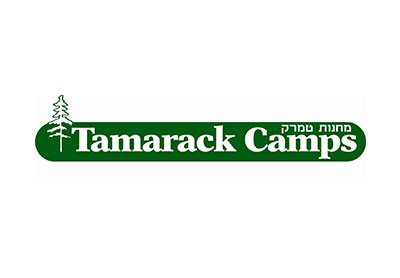
Let’s say your team just created an email that’ll be sent from your brand. And… let’s say it’s the best email ever. I mean, it’s expertly written. It’s well designed. It’s strategically programed. There’s really no room for improvement.
But, hear this: Even if you actually do have the best email ever… it may never actually end up in an inbox.
According to ReturnPath, the experts in email marketing, only 79 percent of commercial emails land there.
Now, I know what you’re thinking.
“Seventy-nine percent? That’s almost 80. That seems okay, right?”
Wrong.
If 79 percent of commercial emails do, in fact, land in the inbox, that means one in five do not. They’re either sent straight to spam, or they’re blocked entirely. But either way, one in every five emails will never be seen. And what if yours is that one?
Whether or not an email service provider will let your content fulfill its advertising destiny is based on a few things – most of which you can control.
The greatest factors that determine whether an email will be placed in an inbox are:
- Authentication – When an email service provider can confirm a sender is who they say they are, they become authenticated. If they aren’t authenticated, their emails are more likely to be filtered as spam or rejected altogether. To see the most success, email marketers should set up authentication records for their sending domains. (Note: There are multiple layers of authentication that make you more trustworthy.)
- Sending domain – Your domain is the most important part of your email address, because it helps establish your credibility. For example, when you receive the Brogan Weekly Recap, it comes from @brogan.com. However, if it came from @awesomeadvertisingagency.com, it would probably be cause for concern. Readers would likely assume it was spam and discard it. And more importantly, so would their spam filter.
- IP address – Most email service providers give marketers an option. Do you want to send email on a shared IP or a dedicated IP? If you’re sending emails from a dedicated IP address, it means you’re the sole sender. If you’re sending emails from a shared IP address, it means you’re not. This choice is usually made by those who send both transactional and marketing emails, thus separating these very different kinds of content. It’s beneficial, because transactional email is usually more imperative. It offers details about an order placed or a payment made, so it’s important it reaches the inbox. By sharing the IP address, delivery of your transactional emails can’t be affected by the sender score you’ve received for your marketing emails.
And last, but certainly not least:
- Sender reputation – Your sender reputation is a score that determines whether your emails will reach your readers. With a high sender score, your emails most likely will land in inboxes. With a low sender score, your emails most likely will not.
What makes up a sender reputation, and how can you improve yours? Read our blog: Is your sender reputation keeping your emails out of inboxes?























